With so many amazing essential oils scents to choose from, sometimes narrowing down your favorites can feel a bit overwhelming. After all, how many people really know what essential oils like Cajeput or Vetiver smell like? Fortunately, we’re here to help you make “scents” of it all, with easy-to-use tools like the Plant Therapy Fragrance Wheel.
Want to Narrow Down Your Favorites? Find Your Family with Plant Therapy’s Fragrance Wheel!
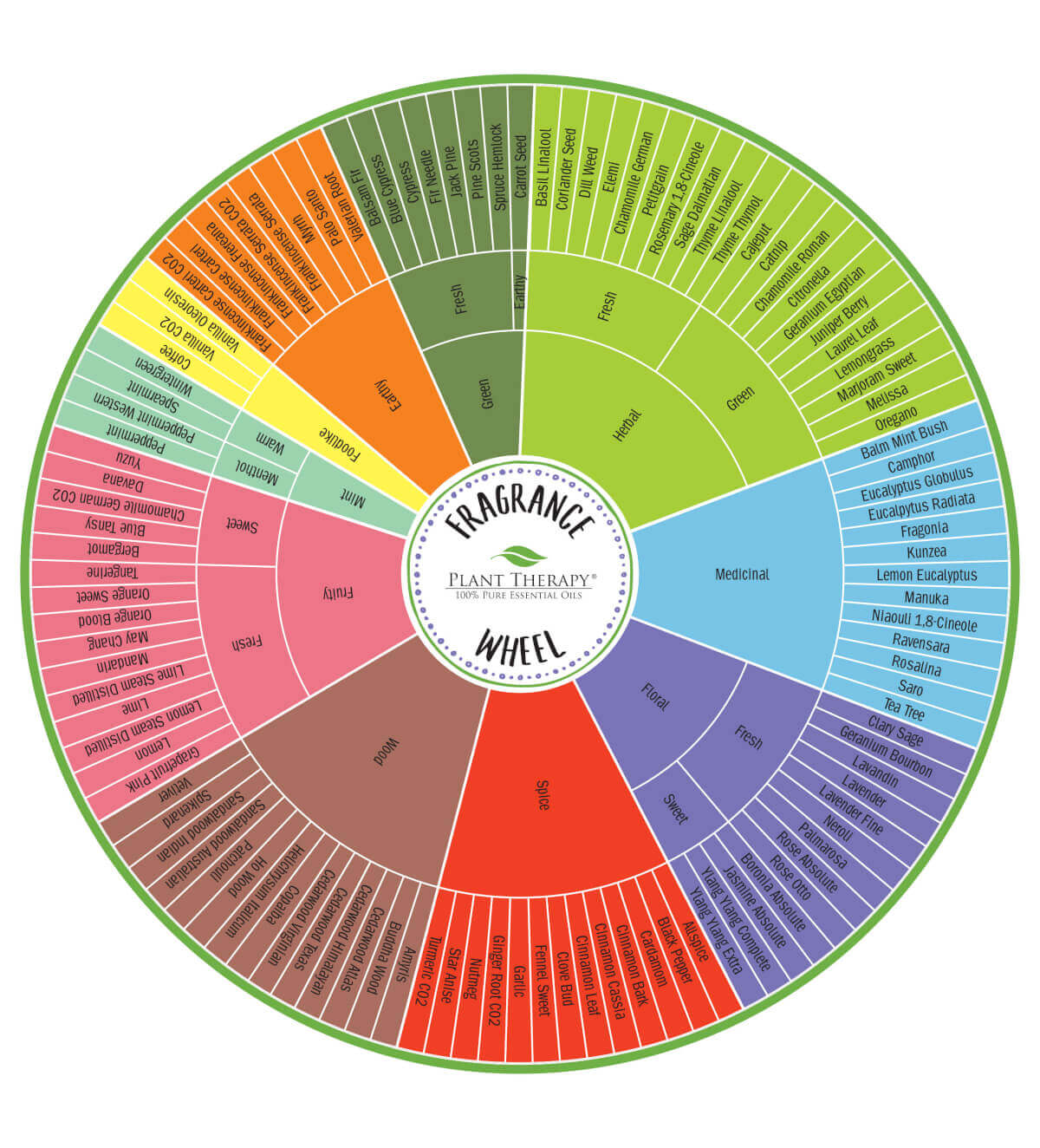
Conveniently located on our fragrance wheel page, the fragrance wheel lets you view all of our essential oils in one location. Using 10 color categories, it puts each individual scent into a Fragrance Family—Herbal, Medicinal, Floral, Spice, Wood, Fruity, Mint, Foodlike, Earthy or Fresh.
This is key because once you know what a few of your favorite scents are, it’s easy to look up what fragrance family they belong to and use this information as a guide for choosing other options you’ll be happy with. You can also use fragrance family information to help steer you away from scents that are less likely to appeal to you.
By allowing you to easily locate essential oils with similar scents, fragrance families can save you significant time and money. So let’s get better acquainted with a few star members of each one:
Herbal Family
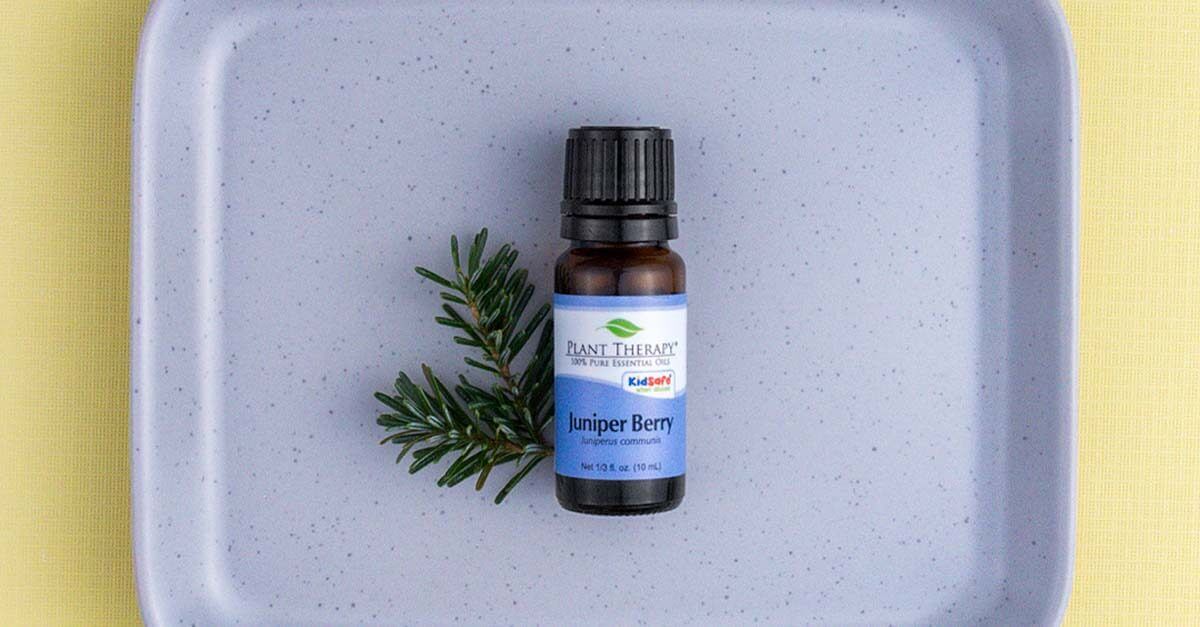
When we think of the word herbal, it’s often the spice rack that comes to mind first— conjuring up the smells of homemade meals and familiar favorites like Basil, Dill, Thyme, and Oregano. But as the largest fragrance family on the wheel, this category has a lot of amazing aromas to offer.
The herbal family is broken down into two categories: fresh and green. Popular options in the fresh category include sweet, calming scents like Basil Essential Oil and Chamomile as well as woody scents like germ-fighting Thyme, to name a few.
Green herbal fragrances include favorites like the uplifting scent of Lemongrass Essential Oil and the soothing scent of Chamomile, often used to ease children and adults into sleep. Lesser-known offerings in the green category include oils like Juniper Berry. Harvested from the same berry used to make gin, this incredible essential oil is a natural purifier that can also be helpful when diluted and used topically on achy muscles.
Medicinal Family
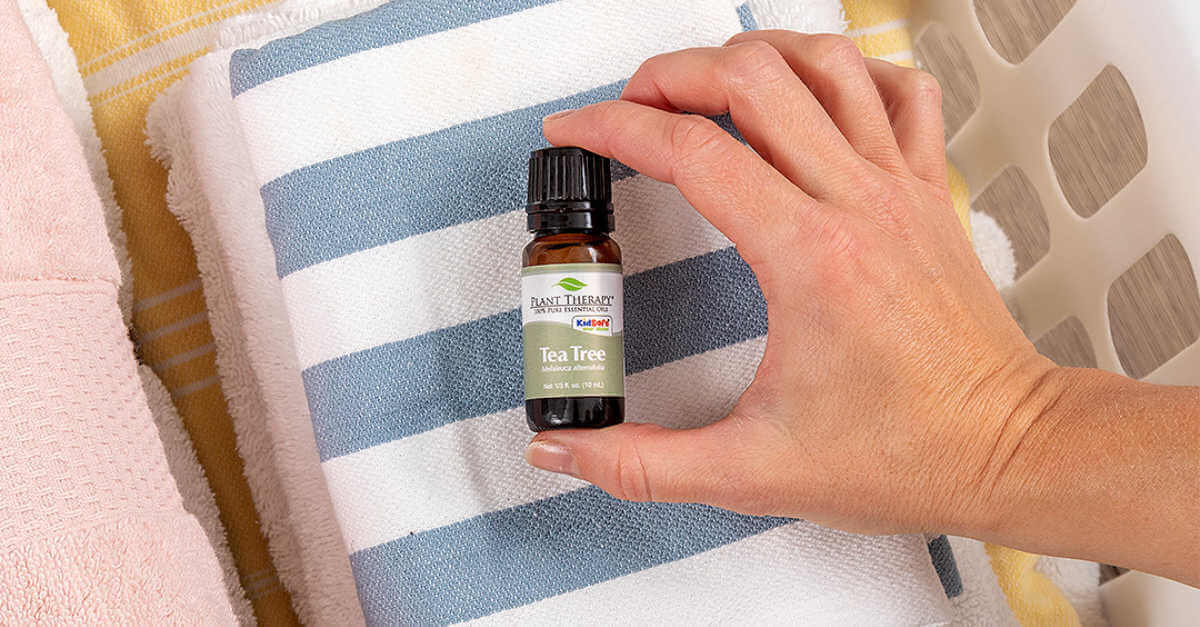
For many of us, the strong and familiar scents of oils in the medicinal category are synonymous with treating a cough or chest cold, oils like Eucalyptus and Tea Tree.
Take Eucalyptus for example: For many of us, this strong and familiar scent is synonymous with treating a cough or chest cold. It’s also the most widely known essential oil in the medicinal family. Used all over the world to help with respiratory problems, Eucalyptus Essential Oil is also used to support aching muscles and joints and even help stimulate mental focus.
Another very popular option in the medicinal family is Tea Tree Essential Oil. Known primarily for its uses as a skincare ingredient that may help ease irritation and redness, this strong, refreshing scent is often a key ingredient in shampoo and natural home-cleaning products.
Floral Family

With so many wonderful floral scents to choose from, narrowing them down to just a few can be a challenge. Fortunately, the fragrance wheel makes it a bit easier by creating two categories: fresh and sweet.
Fresh florals
Fresh florals are scents that immediately bring flowers to mind. If you close your eyes it’s like standing in a field full of blooms. Scents like Lavender, Rose, and Jasmine are staples for this section of the fragrance wheel.
Let’s start with an option in the fresh category. Lavender is perhaps the world’s best-known essential oil and has been used for centuries to promote feelings of calm and relaxation. These days you’ll find it as a key ingredient in things like lotions, soaps, and shampoos. It’s also widely used in diffusers and in natural pillow spray recipes to help promote sleep.
Another well-known favorite in the fresh category is Rose Essential Oil. One of the more valuable essential oils, this luxurious scent often requires thousands of kilograms of petals to make just one kilogram of product.
Sweet florals
Oils found in the sweet category are less recognizable as “floral” or “flowery” scents, but just as useful in capturing these beautiful floral scents. Intensely sweet Ylang Ylang Essential Oil, for instance, is perfect for use in perfumes and mixed with a carrier to create a relaxing and romantic massage blend.
Spice Family
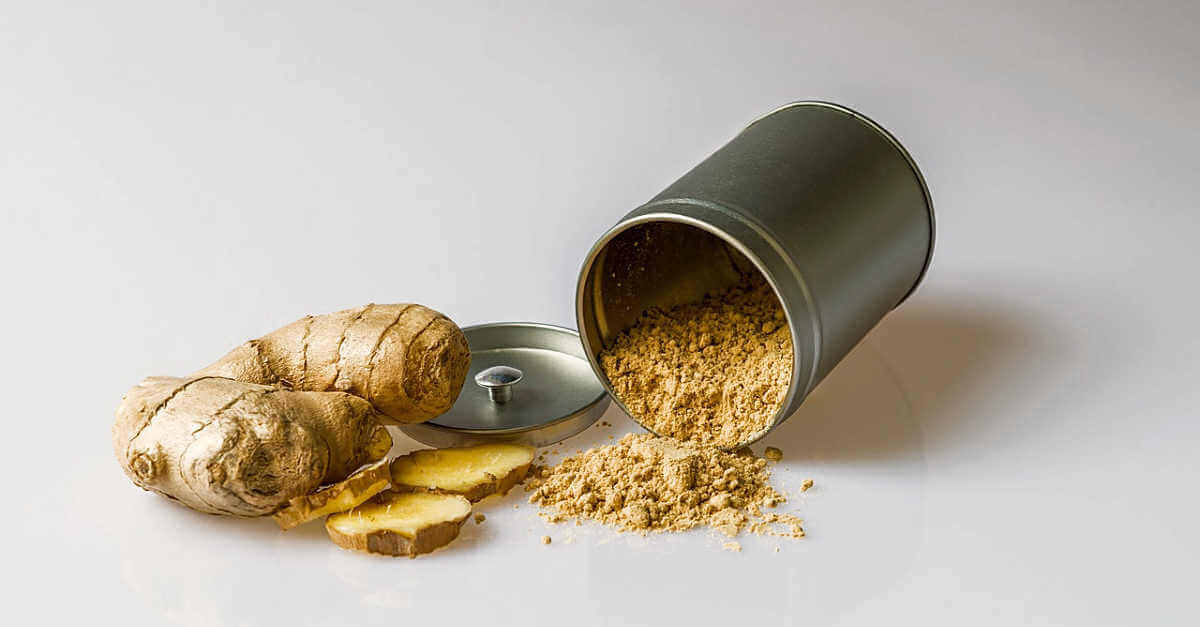
With names like black pepper, garlic, allspice, and ginger, offerings in the spice family are often overlooked because people associate these plants with cooking ingredients, not the powerful essential oils they are. Spice scents are chosen for their spicy, warm fragrances and are frequently also recognizable as spices we would use in our kitchen.
Take Clove Bud Essential Oil, for instance. With a rich, warm scent that smells just like the spice, it can be diluted and used as an effective home cleaner. Diffused, it becomes a tool to help support a healthy immune system. Best of all, when mixed with other oils like sweet orange, cinnamon, and ginger, it creates a cozy blend that conjures up images of crisp autumn days and the holiday season.
Another versatile option in the spice family is Ginger Root Essential Oil. With a strong aroma and fresh, woody lemon scent, it’s traditionally used for its warming properties and to help aid in digestion and stimulate blood flow. It can also be diluted and used topically to help treat the normal muscle and joint pains that accompany aging.
Wood Family
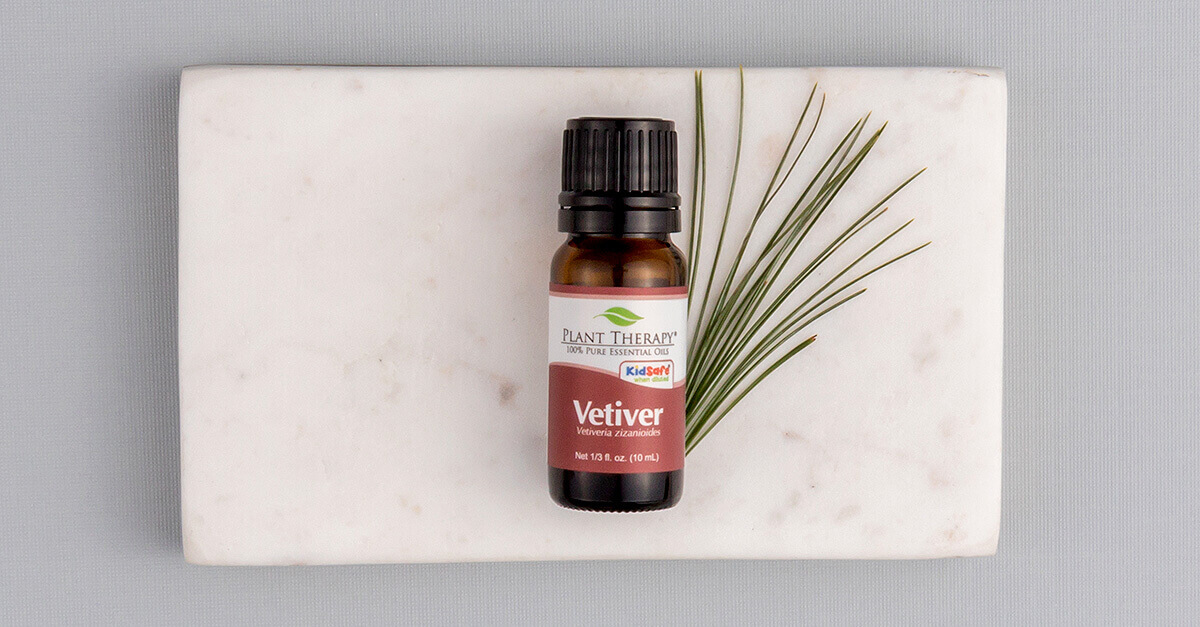
Perhaps the least-known of all of the fragrance families, the wood family has some amazing essential oils to choose from for those who gravitate toward the warm scent of trees, bark, and earth. These scents are the ones that bring to mind a freshly-tilled plot of farmland, a quiet forest of pine trees, or the earthy smell of fallen leaves.
Helichrysum Essential Oil, for instance, is unsurpassed in helping rejuvenate the skin and is effective on all kinds of blemishes. One of the sweeter essential oil scents, it is also believed to help boost normal immune function and soothe away anger and destructive feelings.
Another wood family member worth mentioning is Vetiver Essential Oil. A root oil with a pleasantly strong scent that is both earthy and smoky, it’s renowned for its ability to bring relaxation and balance and is often used to calm the mind and encourage sleep. Its unique aroma also makes it a popular ingredient in natural perfumes and skin products.
Fruity Family
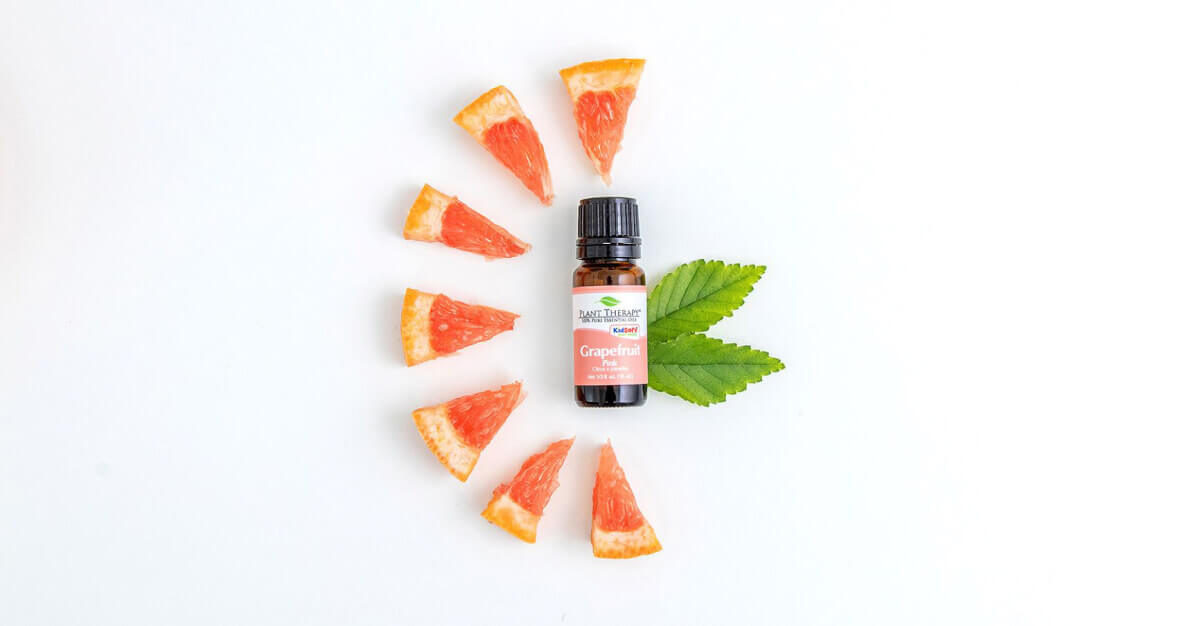
A favorite among many essential oil users, the fruity family is known for its energizing and uplifting scents.
A favorite among many essential oil users, the fruity family is known for its energizing and uplifting scents. To help further categorize them, these oils are divided into two types—fresh and sweet. The fresh category, in particular, has so many wonderful citrusy offerings that it can be hard to choose just one or two.
To help further categorize them, these oils are divided into two types—fresh and sweet.
Fresh fruity
Let’s start with a great staple for any essential oil user: grapefruit. Cold-pressed from the peel of the fruit, this sweet, tangy scent is renowned for its ability to help brighten your mood and ease mental fatigue. There are even studies like this one that suggest that the scent of Grapefruit Essential Oil may help control appetite
Another popular oil in the fresh category is Lemon Essential Oil. A fresh, zesty uplifting essential oil that has been used for centuries to revitalize and support a healthy immune system, it’s found in all kinds of natural cleaners and room fresheners.
Sweet Fruity
The sweet category of the fruity family offers some lesser-known but equally as appealing options. Bergamot Essential Oil, for instance, is beloved for its uniquely citrusy floral scent. Vibrant and uplifting, bergamot is often used to help boost the mind and ease worries. It’s also been known to help combat teenage skin problems.
The sweet category also includes one of two chamomile offerings, Chamomile German Essential Oil. Like its Roman counterpart, this oil is well-known for its calming properties and ability to help ease people into sleep with its strong, sweet, herbaceous odor. The German version is also frequently used to help children who struggle with focus.
Mint Family
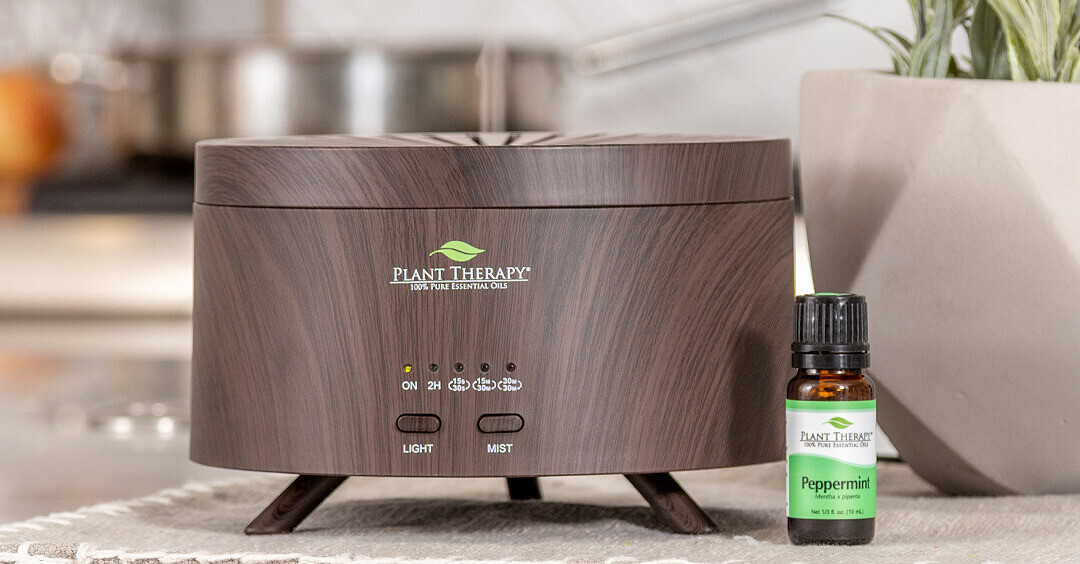
Among the strongest of essential oil scents, the mint family contains one of the most recognizable smells on the planet—peppermint. As a member of the menthol subcategory, Peppermint Essential Oil has an invigorating scent that has been revered for centuries for its revitalizing properties and is often used to help promote alertness, relieve headaches and calm digestive difficulties. Due to its menthol content, peppermint also has a unique cooling effect that can be soothing on the skin.
The second mint subcategory is warm. It contains another popular scent—spearmint. When diffused, this sweet, uplifting scent may help improve concentration and ease physical tension in the head and neck. Spearmint Essential Oil is also kid-safe and is often diluted and applied to the stomach to help relieve queasiness and/or bloating in children.
Foodlike Family

The foodlike family is small but mighty and includes two familiar favorites, coffee, and vanilla. The highly invigorating and warm scent of Coffee Essential Oil blends wonderfully with essential oils like Cedarwood and Vanilla and is a great way to awaken the senses first thing in the morning. It’s also a common ingredient in natural body scrubs, lotions, and soaps.
The sweet, rich scent of Vanilla Essential Oil is safe for kids, making it a great choice for DIY aromatherapy products like soaps, lotions, and sprays, as well as festive holiday blends. With a warm and inviting aroma, it can also be added to a carrier oil to create sensual blends that help promote relaxation and reduce nervous tension.
Earthy Family

Sought after since ancient times for its spiritual and therapeutic uses, Frankincense Essential Oil is the most well-known of all of the offerings in the earthy family. Steam-distilled from the tree sap of Boswellia trees, it has a green, balsamic, lemon-wood scent that’s perfect for meditation practices and is known to bring comfort during times of sorrow. It is also used to relieve joint pain, support the immune system and as an ingredient in rejuvenating facial serums and creams.
Myrrh Essential Oil is another offering in the earthy family that dates back thousands of years. Its dry, resinous amber-wood aroma is often used in meditation to create a relaxing and uplifting atmosphere and, when diffused, it can help relieve nervous tension and promote feelings of strength. Like Frankincense, it’s also a prized ingredient in facial products for mature skin.
Green Family

The green family is composed of two categories: fresh and earthy. And, anyone who’s ever had the pleasure of smelling a freshly cut Christmas tree can appreciate these offerings. Balsam Fir Essential Oil, for example, has a fresh, evergreen scent that’s not only excellent for holiday blends but has many year-round uses. Added to a carrier oil, it is an excellent choice for calming overworked muscles and joints. Diffused or applied topically to the chest, it can help support a healthy respiratory system. This essential oil is even known to help balance emotions.
In a category all by itself, Carrot Seed Essential Oil is the only offering in the earthy family. With a distinctive scent that is all at once woody, earthy, slightly spicy, strong and herbaceous, it can be diffused to help relieve worry, promote relaxation and aid digestive and respiratory systems. It’s also used in face creams and serums for its ability to help rejuvenate and moisturize tired skin.
Conclusion
The fact is, figuring out what essential oil scents you like best is a fun and enlightening journey. So, whether you use the Plant Therapy Fragrance Wheel, recommendations from friends or just your own instincts, be sure to take your time and really take in the full array of offerings. By being open to essential oil scents that are new or unfamiliar, you just might find some new and unexpected favorites.
by Plant Therapy



